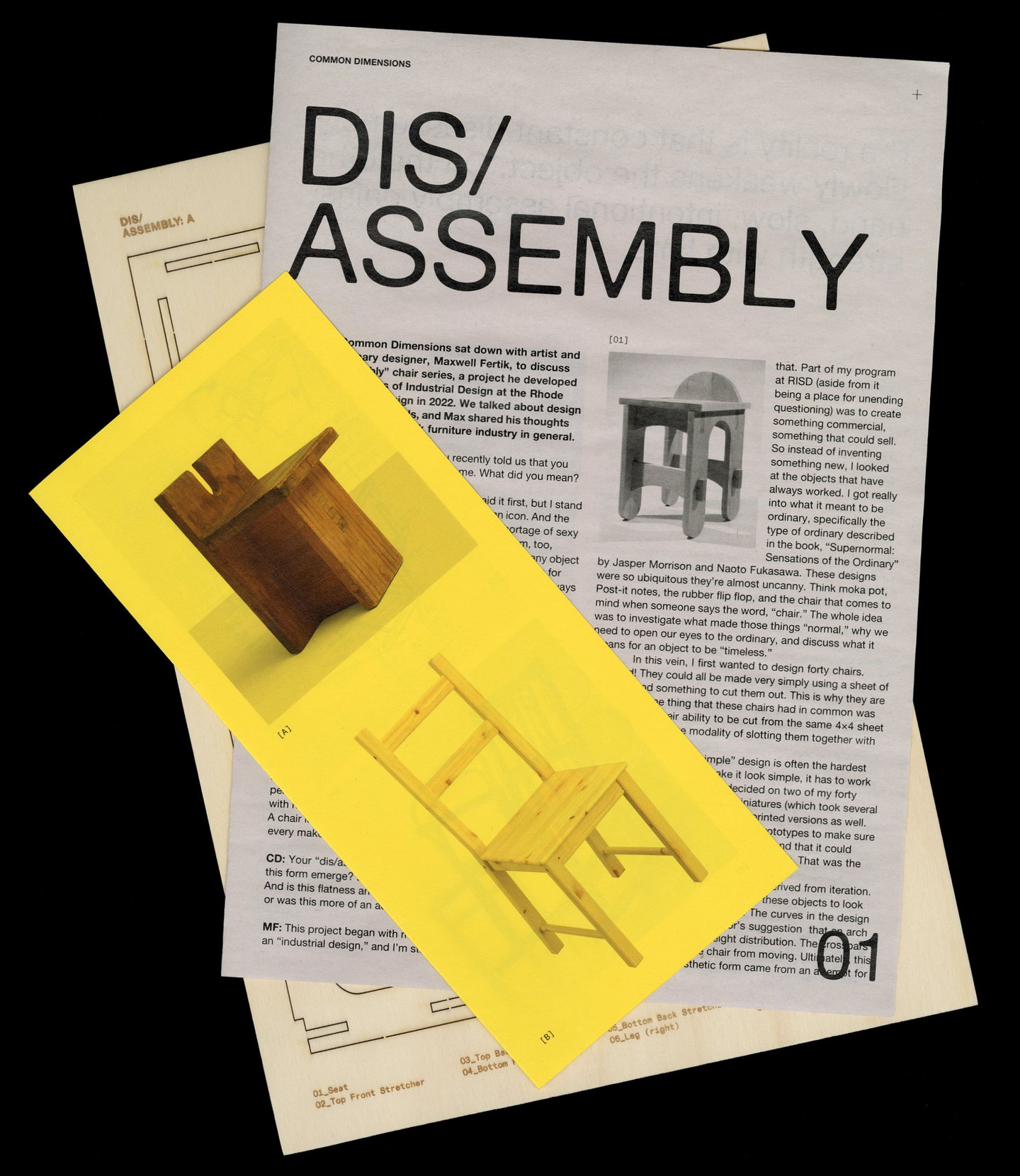A lot of Brooklyn-based graphic designer and visual artist Rebecca Wilkinson’s work is about “making visible, the oftentimes invisible labour of design”, she tells us – something that she explored at length in her MFA thesis: Perform—Produce. That’s why you’ll sometimes see her make an appearance in her projects, revealing the person behind their production. “I believe strongly that the work of design is increasingly devalued as a result of its increasing detachment and disembodiment from its producer (the designer)”, she shares, “seeing the person making the work is key to reimagining the structures and material conditions under which this work is produced.”
This subject of work itself is central to Rebecca’s practice and is often what the designer is exploring across a range of digital and analogue mediums: self-published books, video essays, workshops, experimental publications, and performances. This fieldwork has seen her not only interrogate her own tools and techniques in playful and imaginative ways but also turn to other designers for their two cents — such as her incredibly thorough research project on all things chairs: Common Dimensions manifests as a platform and series of self published works that present interviews with a range of furniture designers and makers on their practice.
At the outset of a project, Rebecca usually finds herself writing a set of instructions before settling in – a preoccupation with rules and parameters as springboards for creativity that’s loosely inspired by the Fluxus artists, especially Sol Lewitt’s famous instructions for wall drawings. This methodology has its roots in the designer’s belief that “most ideas can be communicated visually through simple intentional moves”, she shares, which sees her work with minimal means to design entire visual systems “in one single typeface”.
The goal is always to have as little surrounding noise as possible: “I believe my work is most successful when I can make the least amount of visual elements possible and can still communicate a strong idea,” she says, “to me, one smart, legible move is better than ten unnecessary flourishes.”
